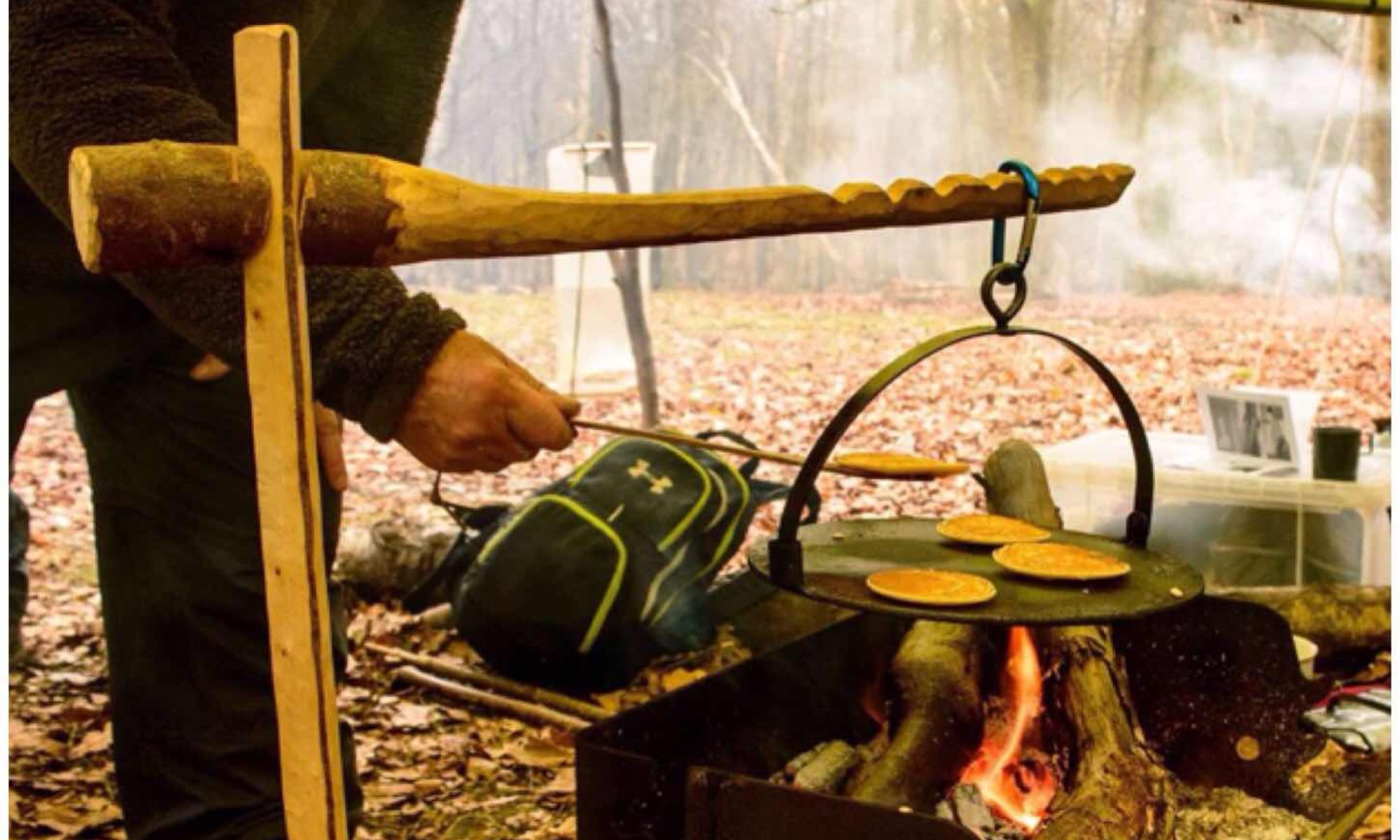In September I received a most excellent birthday present from my wife Alison – a Nikon D3200 DSLR camera. As soon as I started using it the colour differences I saw in comparison to just using the camera on my phone really amazed me.
For example I would never have gotten all these subtle shades in the lime leaves to show up so clearly on my phone camera. I am still learning to use the manual settings on my camera so rely on the automatic settings when I am in a rush. I shoot in RAW format so that I can adjust the light and colour levels in Adobe Lightroom easily. I like Lightroom as it helps make up for the wrong choices I make on the camera when shooting in Manual mode.
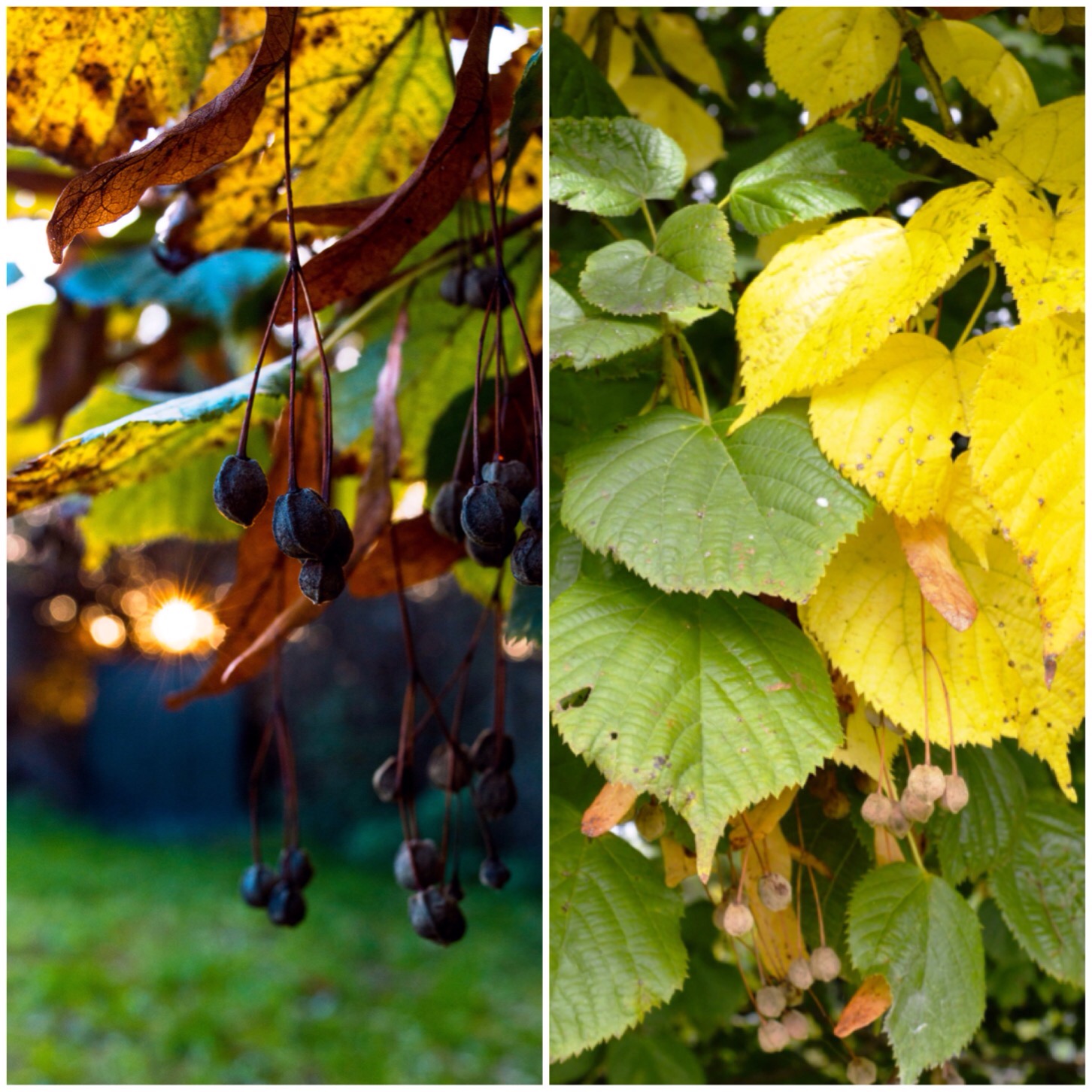
I asked Santa to bring me some Kenko lens extensions for Christmas and they duly turned up (thanks Alison and Santa). Lens extensions are a cheaper alternative to a full on Macro lens for close up shooting. Below is one of my first pictures taken with the extensions and the greens and browns in the moss really stand out.

A splash of white, green and eventually pink is guaranteed from the snowberry. I love going out for a walk and seeing these delicate little globes dotted along the hedgerows. Eventually they turn to a lovely shade of pink before dying.
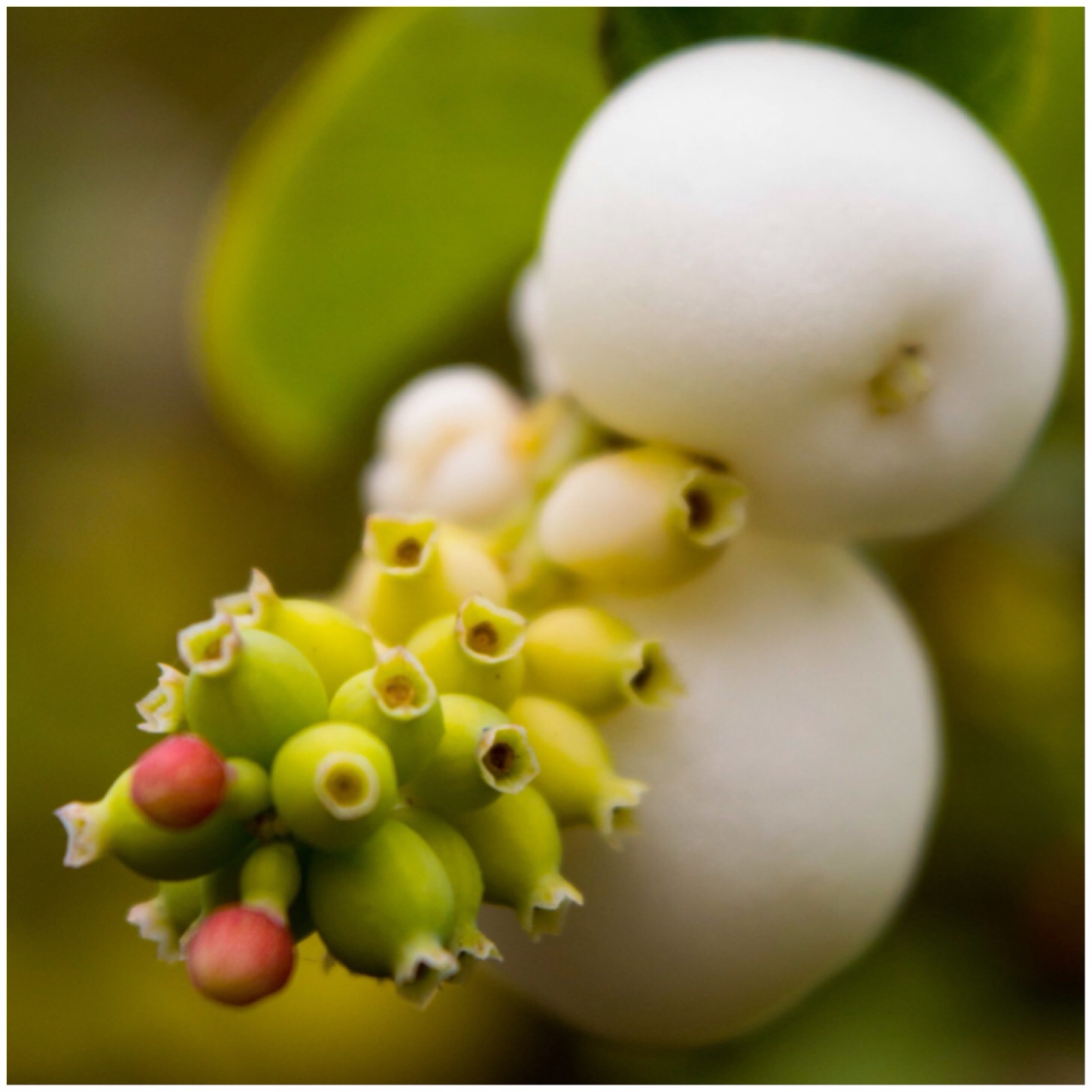
White can also be spotted in the delicate threads of the willowherb tops, on the bramble leaf caused by the moth larvae Nepticula aurella and the tiny little white dots in the sorrel leaves

Purple was an unusual colour to find but when I did such as with the herb robert, fern and red dead nettle it made for quite a striking contrast. This was the colour of choice for royalty in the past due to the expense it took to produce a purple dye but also I think because it does look so good.

Why some leaves go yellow and some go brown I presume is to do with the pigments that are left in the leaves after the chlorophylls stop their production but whatever happens it always leads to some amazing effects.

This little shot is well staged. I just picked up a few yellow leaves and spread them out in a ring to capture the range of colours found under my feet. I only thought to take this picture as I had been following a small frog hopping around trying to stay under cover of the fallen leaves.
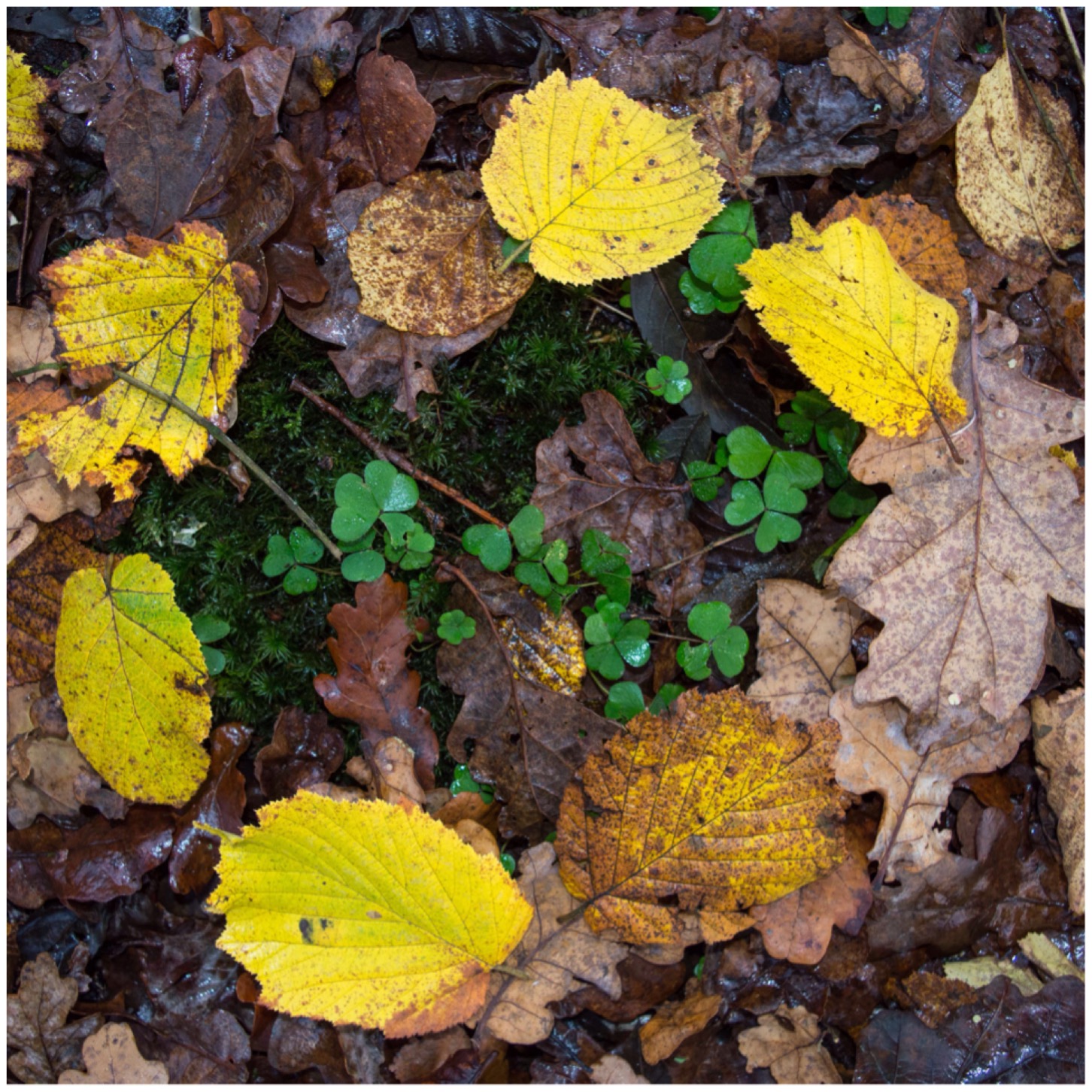
As some of the leaves went mostly yellow I started to see others like the horse chestnut start to take on a mixture of yellows and browns. this led to a slightly military DPM effect but you could see the odd bit of white still showing as you can see in the goat willow catkin buds.

I particularly liked the brown edging in the oak leaves in the top picture below. You can see how the leaves are shutting down from the edges to the centre as opposed to the bottom two where the process is happening from the inside out. Either way it is a beautiful and striking sight.

I liked the contrast between the two pictures of the berries below. The top one is of a dessicated rosehip I think but am not sure on the bottom one at all. Even when the berry has lost it’s moisture content as in the top picture it can still look rather striking when you get up close to it.

Now this is a time of year for fungi and I see lots of Little Brown Jobbies (LBJ’s) dotted around the ground and I have no idea what they are. The picture in the top section below is an LBJ as I do not know its name (I am sure someone can identify it for me). I spotted it in some very long grass well hidden away and am glad I took my time to get the camera out as it is quite beautiful in its own way as it peels apart.
The bottom one is of a fungus called turkey tail I found attached to a log. It had very strong bright colours which I just enhanced slightly in Lightroom by adjusting the light levels on the different colours.
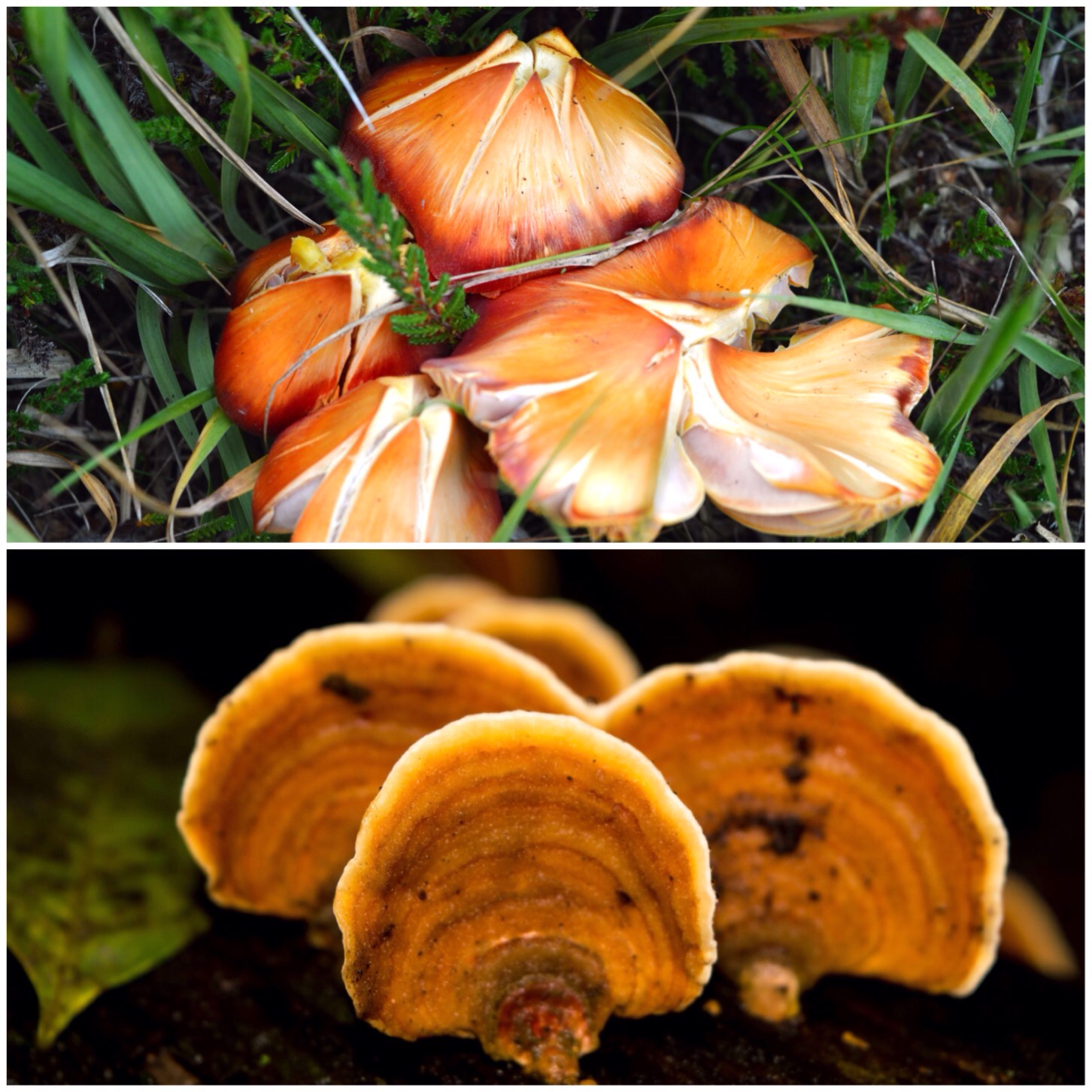
I was taking a picture of a pond I regularly monitor in my village when I spotted this iris seed pod just opening. The seeds were just waiting for a waft of wind to give them a little nudge and spill out into the water. I like the way how mother nature has packaged them really neatly in wedge shapes to keep them secure until they are ready to be released.
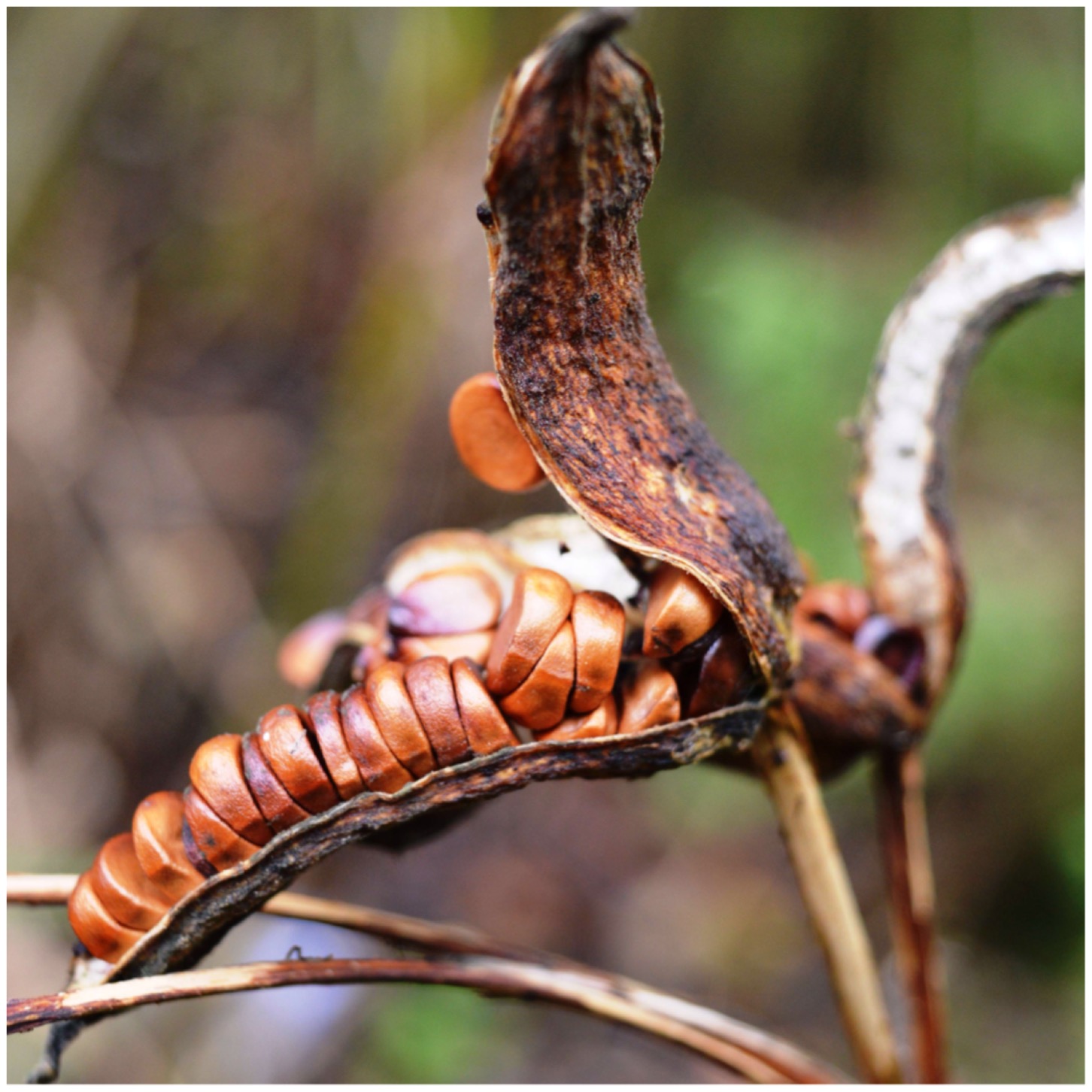
A couple in the reds for you. The top picture below just had to be taken as the reds and greens of the rosehips and the apples contrasted really well. The fly agaric in the bottom picture was one of the very few I saw this year in my local woods but I was captivated more by the little slug that was happily munching away on it than the colours themselves.

Three lovely red pictures I took over the autumn. I used my lens extension on the pictures of the haw berry and the frozen leaf tip (left hand pictures) but not on the wasp gall on the right. You can gauge the size of the wasp gall by the thorn in the top left of the picture. I had never observed these tiny little red bundles until about two years ago and now regularly see them on brambles.

On a larger scale the light levels over the autumn have made me think about my photography. The setting sun in the top picture really lends to a dark feel to the woods as opposed to the overcast mid day light being slightly enhanced by the silver bark of the birches.
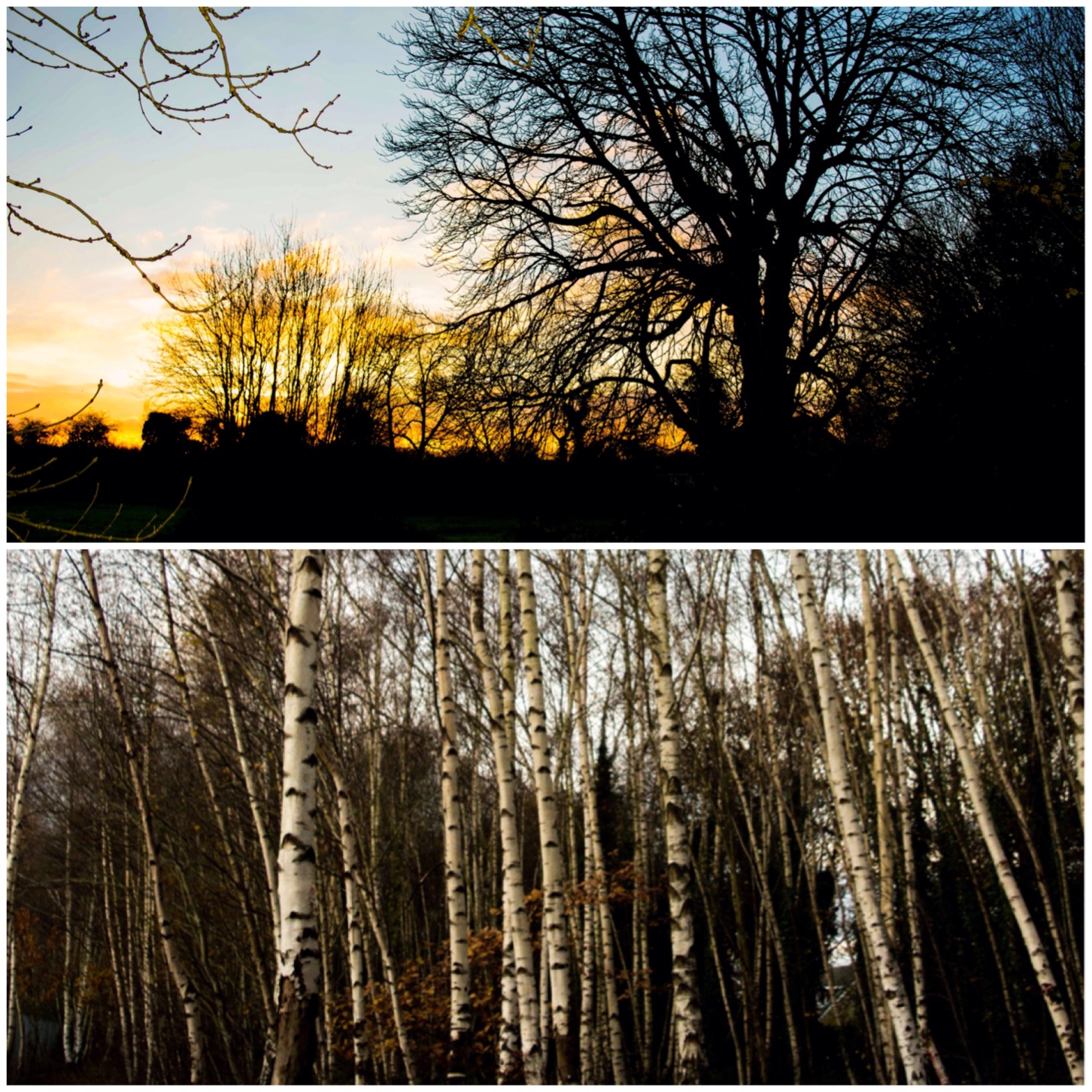
My final picture in this post really struck me as one to signify the end of autumn. It was a frosty morning and the sun was just rising when I took this picture of a bud on our cherry tree. I had to adjust the light levels in Lightroom to make the frost very clear and that slightly changed the colour of the sky to give an even yellower feel to what it was really like. It is a picture that I like though and a nice one to end on.
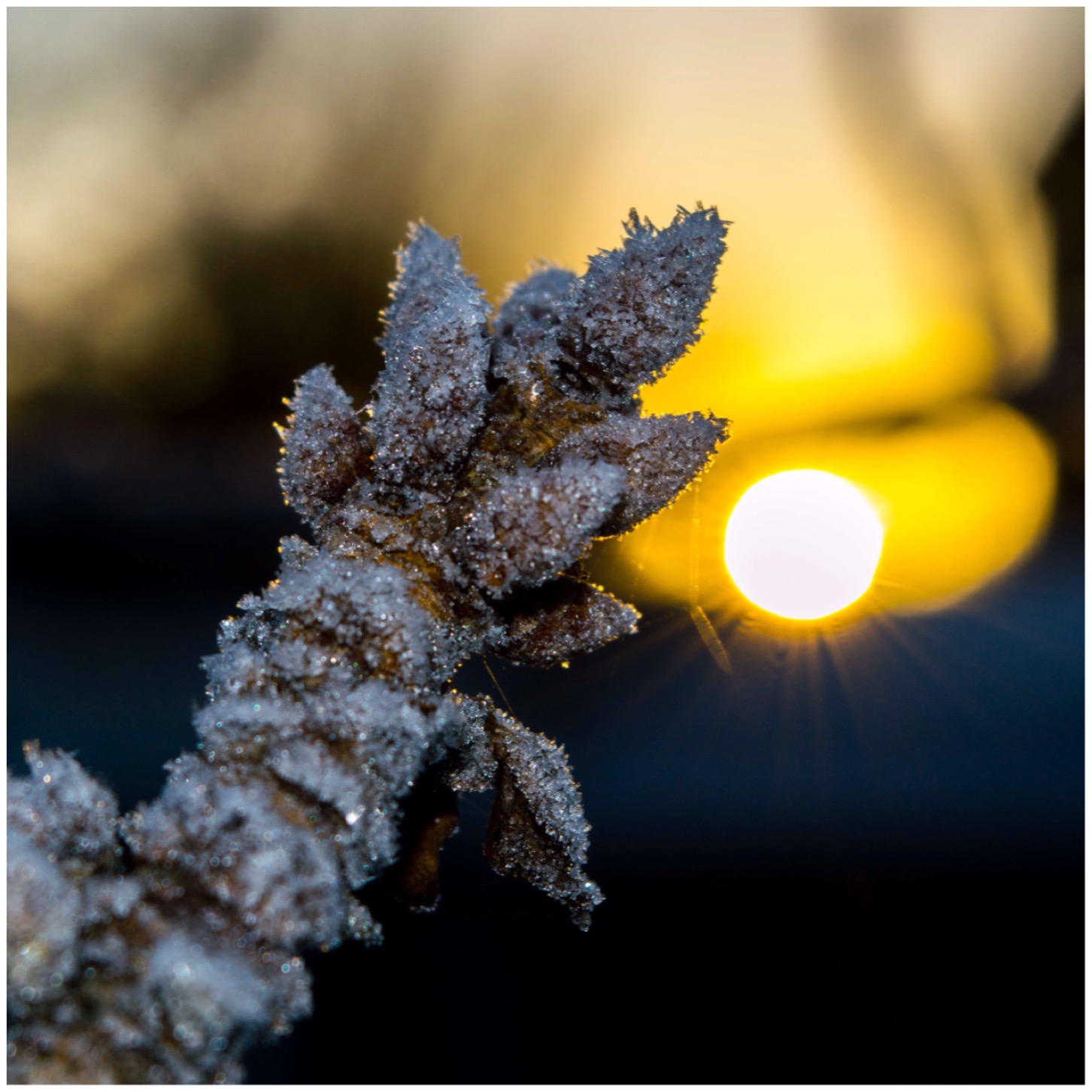
I am now thinking on to the winter and looking forward to getting some more frosty plant pictures, snowy landscapes and shots of winter plants poking their buds up over the next month.
Cheers
George
